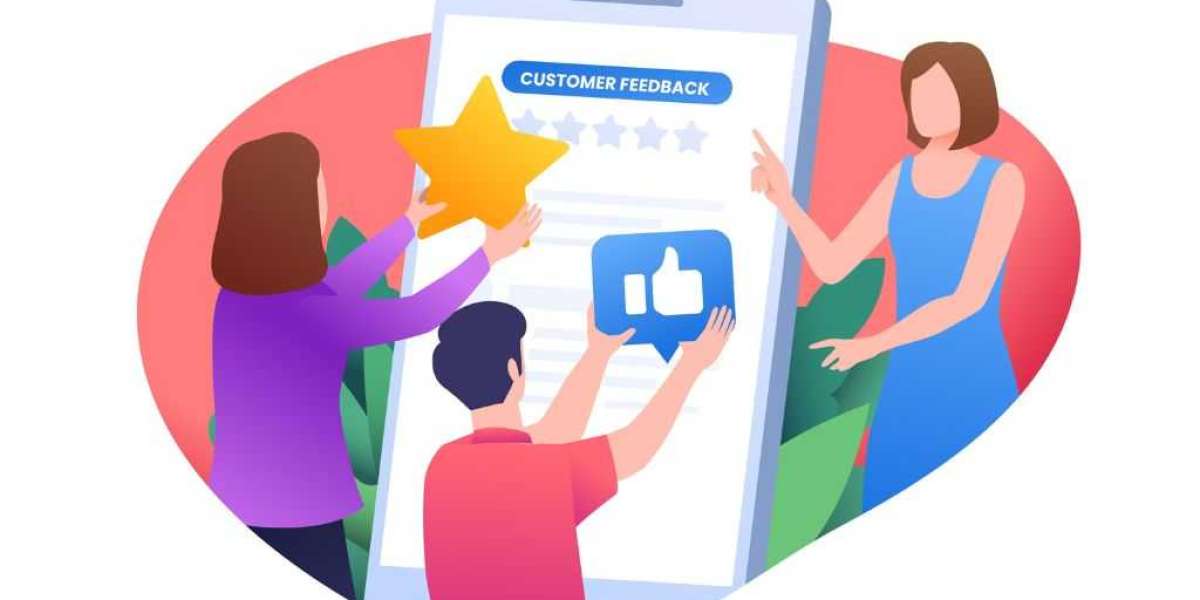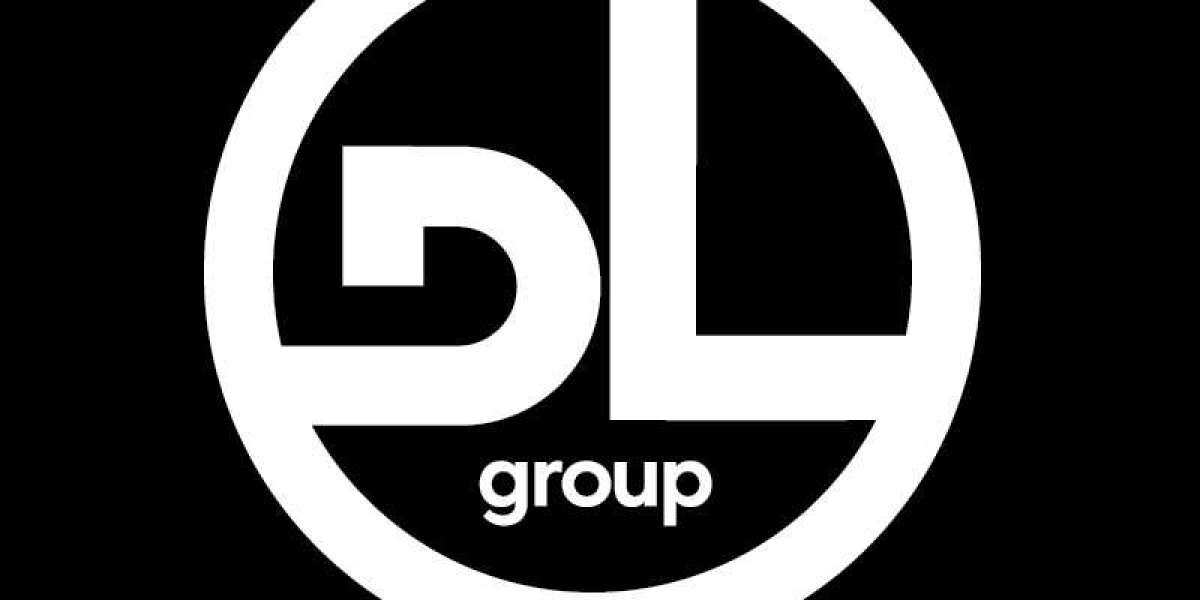B2B ecommerce refers to transactions conducted between businesses, rather than between businesses and consumers. However, like any business, attracting customers is essential for success in the B2B space. This article will outline the top tactics B2B ecommerce companies can use to generate leads and convert them into paying customers.
B2B buyers have very different motivations and decision making processes compared to B2C buyers. It usually takes much longer to close a B2B sale since multiple stakeholders are often involved and large purchase amounts require extensive research and approvals.
The strategies discussed here focus on creating helpful educational content, leveraging partnerships, networks and sales funnels to consistently get in front of the right people at the right time. By optimizing digital marketing efforts, businesses can scale their reach while nurturing leads with personalized touches.
Let's dive into the top tactics.
Optimize Your Website for Lead Generation
The website is usually a B2B customer's first introduction to your business. It needs to provide the right information seamlessly. Key aspects to focus on include:
Easy to find information - Make important pages like "About Us", "Products/Services" and "Contact" prominently accessible from any page with one click. These help potential customers learn quickly if you can solve their needs.
Compelling content - Write detailed guides, case studies and blog articles around industry trends, best practices and solutions to common challenges. This establishes your expertise while gently promoting your offerings.
Calls to action - Place clear calls to action throughout like "Request a Demo", "Get a Free Trial" or "Contact Sales." Use compelling copy that addresses the reader's motivations. Optimize the buttons/links for mobile as well.
Contact forms - Make it easy for visitors to provide their information by having well-designed contact forms. Pre-populate fields where possible and limit inputs to only essential details. Offer an incentive for opting in like a free guide.
Proper optimization ensures qualified leads find value and share their information willingly to access more resources. This builds the top of the marketing funnel.
Run Targeted Digital Advertising Campaigns
Paid ads allow businesses to scale their outreach cost-effectively. Focus on platforms regularly used by your target audience like search ads, social media ads, programmatic display ads and sponsored emails.
Search engine campaigns - Bid on relevant industry keywords and keyword phrases containing intents like "find suppliers" or "procurement software reviews." Refine over time base don conversion insights.
Social media ads - Leverage platforms like LinkedIn, Facebook, and Twitter to reach people directly through their newsfeeds. Target by job titles, company sizes, industries and locations You serve.
Programmatic display - Use remarketing and interest-based targeting on websites your audience frequents. Target people who visited your site but did not convert yet.
Sponsored emails - Partner with industry publications, communities and newsletters to insert your ads into relevant email newsletters.
It's important to test different ad copy, images and target audiences to see what resonates best. Track metrics like click-through rates, conversion rates and cost-per- acquisition to optimize over time. Checkout Zipprr https://zipprr.com/alibaba-clone/
Build Thought Leadership through Content Marketing
Content allows you to generate interest while establishing credibility as an industry expert and resource. Some effective content marketing tactics include:
Ebooks, guides and reports - Publish extensively on common challenges, recent developments solutions buyers are struggling with. Make it scannable for quick answers.
Case studies and customer stories - Share real examples highlighting how your product or service solved tangible issues for others. Qualified prospects relate to this social proof.
Blog articles - Publish regularly on your website and guest post on other relevant sites. Provide helpful tips, roundups, recaps and commentary around industry news.
Newsletters and email series - Deliver an ongoing series with curated content your subscribers will appreciate. Position yourself as a trustworthy educator over time.
Social media engagement - Share your content across channels and engage thoughtfully with your network members' discussions, questions and comments.
Consistently developing and repurposing high quality, intuitive content trains users to see you as a top resource while familiarizing them with your solutions. This builds domain expertise, trust and long term relationships.
Leverage Social Proof and Reviews
Third party validation can be highly persuasive for buyers researching complex purchases. Highlight it prominently:
Display reviews on website - Feature testimonials, star ratings and quotes praising your products/services directly on your site.
Ask for social proof - Politely inquire if happy customers would leave recommendations on sites like G2, Capterra and Google. Offer a small incentive if needed.
Social media reviews - Request customers share their experiences publicly on platforms like Facebook and LinkedIn where their networks can see.
Awards and features - Display logos and snippets from any press you've received in reputed publications and award wins to establish legitimacy.
Positive social validation reinforces that others found value in working with you. This gives wary leads more confidence to take the next step too.
Nurture Inquiries with Personalized Outreach
Once leads share their details, consistently following up is key to move them down the funnel:
Respond promptly - Aim to reply to all web inquiries within an hour during business days to keep momentum. Provide next recommended steps.
Qualify with a short form - Have prospects voluntarily share basic company details to further qualify their fit and needs.
Follow up plan - Schedule automatic reminders to personally reach out again via phone or email within a week and later with helpful, tailored information.
Escalate warm leads - Hand off qualified contacts demonstrating purchase interest to sales reps to begin a dialogue and set up demos/meetings.
Consistent personalized nurturing makes potential buyers feel heard and moves them closer towards a sale over time. It should remain politely helpful, not pushy.
Leverage Existing Partnerships and Referral Networks
Consider cultivating mutually beneficial relationships with complementary service providers and your existing customer base:
Partners as promoters - Provide co-branded materials your partners can distribute to their customer networks. Ask them to also recommend your services when relevant.
Referral incentives - Offer rewards in the form of discounts or commissions to incentivize referrals from current customers and partners. Publicly thank referring parties on your website/blogs.
Joint marketing events - Sponsor or speak at industry meetups and conferences together with partners to cross-promote one another.
Network introductions - Politely inquire if partners would connect you to their contacts that may also benefit from learning more about your offerings.
Strategic partnerships allow you to expand your reach without extra spending. Customers and partners appreciate feeling heard and having collaborative value exchanges too.
Develop an Effective Email Marketing Strategy
Email is still one of most effective digital marketing channels when done right. Focus on:
Lead magnet offer - Create and promote a helpful "lead generation" guide, checklist or ebook exclusively available for those who sign up your mailing list.
Regular helpful content - Develop an editorial calendar to consistently deliver educational emails on your areas of expertise. Keep them short, scannable and of high value.
Retargeting dormant subscribers - Periodically re-engage those who have not opened emails in a while with fresh, curated industry content and soft offers.
Social shares - Expressly ask existing customers to occasionally share impactful emails from your list with their own networks to grow subscribers organically.
Regular engagement trains buyers to see you as a go-to resource over time. Track open and click rates carefully to keep improving the experience.
Host Helpful Webinars and Online Events
Providing educational webinars and virtual events allows scaling your outreach intelligently:
Educational topic selection - Choose topics your prospects genuinely want to learn more about based on their pain points and research habits.
Registration window promotion - Heavily promote registration on your website, ads, blogs, emails and social media one month in advance with a clear call-to-action.
Informative delivery - Have knowledgeable speakers share exemplary case studies and actionable takeaways within 45-60 minutes maximum. Allow QA.
Follow up immediately - Thank registrants and inquire about any other questions within 24 hours. Nurture leads through your typical process.
Webinars not only help market your expertise but also segment warmest leads to sales qualified MQLs through immediate follow up conversation starters.
Consider Paid Search Advertising
Search ads allow businesses to reach customers when they are actively exploring solutions:
Intent-based keywords - Bid on longer tail keywords containing purchase intent signals like "challenges with supplier selection" or "reducing procurement costs".
Competitive keyword bids - Also target competitor brand names and products to stay top-of-mind for reconsidering buyers.
Landing page optimization - Ensure landing pages for ads clearly address the intent behind the keyword with focused value propositions.
Exhibit at Industry Conferences and Trade Shows
Physically connecting with prospects and building relationships has lasting impact. Consider sponsoring or exhibiting at relevant industry events:
Standout exhibit booth design - Create an open, interactive display space to educate attendees and start meaningful conversations.
Booth staff training - Prepare booth staff on qualifying discussions, demoing your solutions, call-to-action prompts and following up on connections.
Lead collecting devices - Deploy lead retrieval scanners or electronic tablets preloaded with a form for seamless business card/contact collection.
Post-show follow up - Nurture new leads consistently with personalized emails, calls, invites within a week while the interaction is fresh. Thank any referrals promptly.
In-person events complement digital efforts by allowing face-to-face solution presentations and networking. Proper follow up maximizes their high return on investment.
Offer a Trial, Freemium or Free Sample
Lowering commitment barriers encourages prospects to experience your solutions:
Free trials - Consider limited free trials of your full-featured software for a set time period. Guide users to desired actions and conversion pathways.
Freemium model - Launch a basic free version and upsell premium features, integrations and support to increase stickiness.
Free samples - For physical goods, provide no obligation product samples or discounts for initial small volume orders.
Onboarding funnel - Actively engage trial users through tutorials, reminders and success metrics to initiate paid conversions.
Cross-sell and upsell - Once a customer, study usage patterns and surface complementary offerings through personalized outreach.
Getting prospects hands-on with minimal risk can win over skeptical buyers. Ensure the on-ramp experience leads them toward retention and expansion goals.
Conclusion
Attracting customers in B2B requires personalized engagement and establishing credibility at each touchpoint across online and offline marketing channels. The strategies discussed here aim to scale reach while nurturing leads attentively through the full purchase funnel over time.
Consistently delivering high quality, relevant content positioned as a knowledgeable resource trains prospects to associate a business as a category leader. Outperforming competition often hinges on optimizing digital capabilities like the website, paid media and email marketing alongside fostering referral partnerships and networks.
Testing innovative approaches regularly and tracking campaign metrics helps gauge effectiveness for continuous improvement. While many avenues exist, prioritizing the efforts yielding highest conversions ensures the most useful prospects advance in the sales process as efficiently as possible.
Implementing a multi-faceted approach tailored to purchase behaviors in a given B2B vertical ultimately maximizes new opportunities through targeted customer acquisition.








